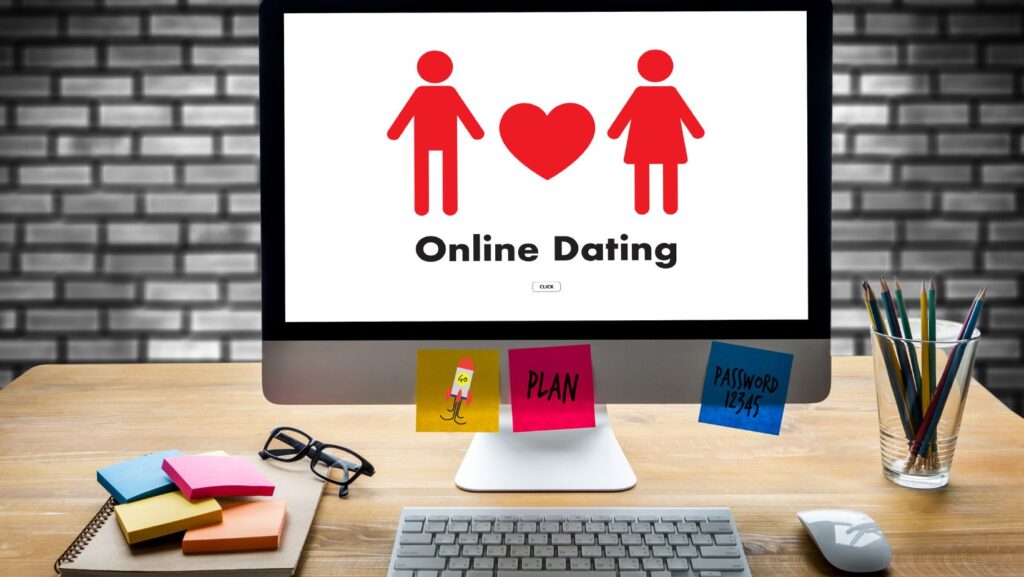Once upon a time, dating was free. You met someone at work, in a bar, or by accident. Then the internet turned chemistry into an industry — and what an industry it became.
By 2025, online dating is worth more than $8 billion a year worldwide, and behind every app swipe sits an entrepreneur turning romance into revenue.
The most successful of them have learned that love sells best when it feels effortless. Among them, the best dating website Dating.com has become a textbook case in how to blend technology, emotion, and business into one surprisingly human experience.
From Chatrooms to Empires
The first generation of dating websites survived on banner ads and awkward subscription forms.
The modern wave — led by global brands like Dating.com, Bumble, and eHarmony — makes money through a mixture of psychology and precision marketing.
Every new member is not just a profile; they’re part of an ecosystem. The longer users stay, the more valuable they become — not only in revenue but in data, engagement, and word-of-mouth growth.
Entrepreneurs in 2025 treat dating platforms less like apps and more like digital social economies. Inside them are micro-transactions, live experiences, and premium communities that keep users coming back long after their first match.
1. The Credit Economy
Dating.com runs on a credit-based model — a structure that has quietly become the most profitable formula in online dating.
Instead of one fixed monthly fee, users buy bundles of credits. Each chat, video call, or photo share uses a few. It feels light and flexible, but for the company, it’s brilliant economics.
People rarely notice small spends. Five credits here, ten there — by the end of the month, the average active member spends $30 to $50. Multiply that by millions of users, and you see why credit-based dating has overtaken flat subscriptions.
Entrepreneurs love this model because it scales globally. Whether you’re in Brazil or Germany, the same digital coin applies — easy to localize, impossible to counterfeit, and endlessly repeatable.
2. Premium Access and VIP Tiers
Free sign-ups bring traffic; exclusivity brings income.
Most big platforms now use a “freemium” funnel: anyone can join, but premium members unlock better visibility, advanced filters, or translation tools.

Dating.com’s VIP packages include higher profile ranking, unlimited video messages, and access to verified members only. It feels a little like entering a private lounge — calm, curated, safe.
The psychology is simple: people value what feels scarce. When you’re looking for love, even small edges feel worth paying for.
3. Livestreams, Gifts, and Digital Emotion
By 2025, emotional micro-transactions are the hottest revenue stream.
Users can send digital roses, hearts, or animated gifts during video chats or public livestreams. Every virtual flower costs a few cents, but collectively, they generate millions.
It’s gamification disguised as affection — a system entrepreneurs borrowed from social-media tipping. People like to show appreciation instantly; the app simply provides a romantic currency for it.
On Dating.com, these moments feel personal rather than transactional. You’re not “buying attention”; you’re adding a playful gesture to the conversation — a digital wink that happens to drive revenue.
4. Advertising That Feels Like Advice
Older dating sites relied heavily on display ads, which annoyed users. Modern platforms learned to integrate advertising gently, through lifestyle content and soft branding.
On Dating.com, articles about relationships, travel, or wellness occasionally feature sponsored mentions — products that fit the theme. It’s subtle and keeps the emotional tone intact.
This approach earns money without polluting the user experience. For entrepreneurs, that balance is gold: monetization without breaking trust.
5. The Data Dividend
Behind the curtain, anonymized data has become another income stream. Platforms collect metrics on age, interest, engagement times, and compatibility factors. Aggregated — never personalized — this information helps marketers understand consumer behavior worldwide.
For example, analysts know that the busiest flirting hours are between 8 and 10 p.m. on Sundays. That insight alone guides advertising budgets across industries.
Responsible companies, including Dating.com, keep transparency high: data is anonymized and sold ethically. But make no mistake — understanding human desire is now a business asset.
6. Events, Experiences, and Real-World Crossovers
In 2025, the smartest entrepreneurs see dating platforms as lifestyle brands, not just apps. They organize meet-ups, travel packages, and virtual speed-dating events.
Dating.com has tested themed video parties — Valentine’s nights, global coffee hours, language-exchange meetups — where members buy entry credits. It’s social entertainment wrapped in romance, creating revenue while strengthening community.
For users, it’s fun; for the company, it’s brilliant retention. People who attend events tend to stay longer and spend more.
7. AI Matchmaking as a Service
Artificial intelligence is no longer a buzzword — it’s infrastructure.
By 2025, Dating.com uses machine learning to analyze communication tone, interests, and behavioral patterns to suggest compatible matches.
Entrepreneurs can license or white-label these AI engines to smaller startups, creating a new B2B revenue stream. Essentially, they’re renting out their algorithmic Cupid.
It’s a quiet but lucrative side business: selling love technology to competitors who can’t afford to build it from scratch.
8. Brand Partnerships and Cross-Promotions
With millions of active users, dating sites have become powerful marketing channels.
Fashion brands, travel companies, and streaming platforms now collaborate on special campaigns — “date night” discounts, travel getaways, or couple experiences.
For Dating.com, partnerships with lifestyle brands add personality and subtle income without altering its purpose. It’s marketing that feels organic: love leading to lifestyle
9. Longevity Through Trust
All the clever monetization in the world fails without credibility.
Entrepreneurs learned this the hard way in the early 2010s, when fake profiles and scams damaged public trust.

In 2025, verification is not optional. Platforms invest heavily in human moderation teams and biometric checks. It’s costly, but it pays off in loyalty. Users stay where they feel safe — and safety, in the dating business, equals long-term profit.
10. Subscription Nostalgia
Interestingly, some entrepreneurs are reviving classic subscription models — not as replacements but as comfort options.
A monthly “all-access pass” appeals to users tired of counting credits. On Dating.com, this hybrid model coexists with pay-per-use, giving people freedom to choose.
The mix of flexibility and predictability attracts both casual flirters and serious daters — two groups that rarely share the same platform.


